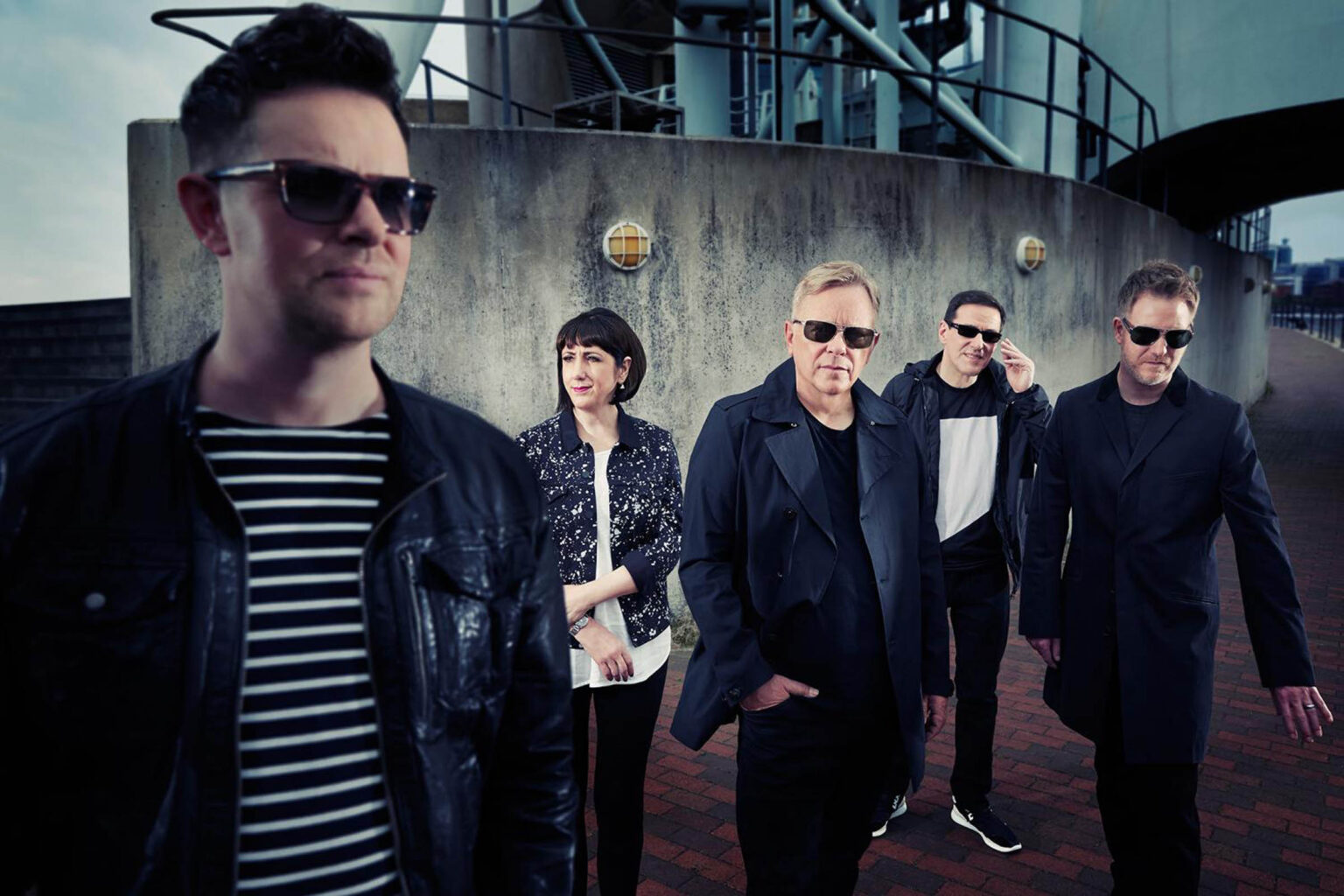
New Order’s Blue Monday: Was it inspired by Kurt Vonnegut?
Even today, New Order’s “Blue Monday” stands as the harbinger of modern house beats. Combining a hodgepodge of sounds with a driving rhythm, this iconic jam embodies the essence of all of this century’s house sounds. “Blue Monday” is one of the most influential electronica songs. Synthpop was already a major force in British popular music, but this was arguably the first British dance record to cross over to the New York club scene.
Perhaps the perfect blend of melancholy and bounce is what made the seven and a half minute single so enduring. The focal point beat of the track makes it instantaneously identifiable. But how the band arrived at the now infamous monotone drumbeat march is really hilarious.

Psychedelic synchronicity
Like many artists, New Order turned to (ahem) unconventional methods in their journey to create. The lyric was written by the group’s guitarist/lead singer Bernard Sumner, who copped to being (along with the rest of the band) under the influence of LSD while making the song.
“Blue Monday” wasn’t meant to be this pivotal. It was supposed to be an entirely automated excuse to hit the bar early. One of the four would press the button and the track would take care of itself, allowing New Order to leave the audience to it and get a swift half pint. However, that was before they realized how complicated it was to try and get all these mad sequencers & drum machines to actually talk to one another.

New s**t!
Using manual programming and emerging technology. New Order came up with the rhythm when they were experimenting with a new Oberheim DMX drum machine they had purchased. In a 2006 Guardian article, bass guitarist Peter Hook explained, “Bernard & Stephen (Morris, drums) were the instigators. It was their enthusiasm for new technology. The drum pattern was ripped off from a Donna Summer B-side.”
“We’d finished the drum pattern and we were really happy, then Steve accidentally kicked out the drum machine lead so we had to start from scratch and it was never as good. The technology was forever breaking down and the studio was really archaic,” Hook continued.

“It was a collection of soundbites – it sort of grew & grew. When we got to the end I went in and jammed the bass; I stole a riff from Ennio Morricone. Bernard went in and jammed the vocals. They’re not about Ian Curtis; we wanted it to be vague,” Hook recalled. “I was reading about Fats Domino. He had a song called “Blue Monday” and it was a Monday and we were all miserable so I thought, ‘Oh that’s quite apt.’”
Sumner reflected: “I remember just being turned on by the latest technology that was becoming available. It was pre-computers, pre-MIDI, and I’d built this sequencer from an electronics kit. We programmed everything in step-time using binary code digital readouts. It was… complicated.”

Flummox & flatulence
“The synthesizer melody is slightly out of sync with the rhythm,” guitarist & singer Gillian Gilbert told The Guardian. “This was an accident. It was my job to program the entire song from beginning to end, which had to be done manually, by inputting every note. I had the sequence all written down on loads of A4 paper Sellotaped together the length of the recording studio, like a huge knitting pattern.”
“But I accidentally left a note out, which skewed the melody,” Gilbert recalled. “We’d bought ourselves an Emulator 1, an early sampler, and used it to add snatches of choir-like voices from Kraftwerk’s album Radioactivity, as well as recordings of thunder. Bernard Sumner & Stephen Morris had worked out how to use it by spending hours recording farts.” (You read that right, they recorded farts.)

Vonnegut voce
The song became the perfect blend of pep & blues. ““Blue Monday” is a dance track with a hint of melancholy,” Gilbert said. “A seven and a half minute-long single was unheard of, so we put it out on 12-inch. We couldn’t believe it when it became the biggest-selling 12-inch of all time.”
The title “Blue Monday” doesn’t appear anywhere in the lyric, so where did it come from? “People have interpreted the title all sorts of ways,” Gilbert clarified. “It actually came from a book Stephen was reading, Kurt Vonnegut’s Breakfast of Champions. One of its illustrations reads, “Goodbye Blue Monday”. It’s a reference to the invention of the washing machine, which improved housewives’ lives.”
Washing machines apparently improved music, too. Who knew?



